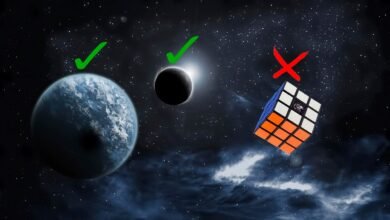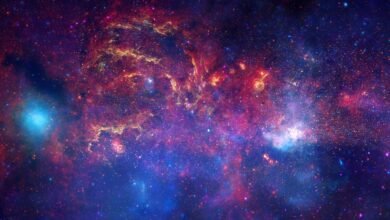Why we’ll never shoot Earth’s garbage into the Sun | by Ethan Siegel | Starts With A Bang! | Sep, 2024

It would get rid of our hazardous, radioactive, and pollutive waste for good, but physics tells us it’s a losing strategy for elimination.
For billions of years on planet Earth, the greatest threats to any and all forms of biological activity came from predators, competitors, and the hazards of our natural environment. If you encountered an organism that wanted to fight, kill, or eat you, you had to figure out how to defend yourself, escape, or somehow survive. If you encountered a living or non-living threat to your essential resources like food, water, or sunlight, you’d have to protect and preserve the nutrients you need for your survival. And if you encountered any one of a set of natural disasters:
- fires,
- volcanoes,
- earthquakes,
- tsunamis,
- asteroid strikes,
- hurricanes,
- and many more,
you’d have to either escape those disasters or ensure that other populations of your species escaped them in order for your genetic line to continue to survive and thrive.
Whenever environmental changes were extreme and global, rather than the more common…
Source link





